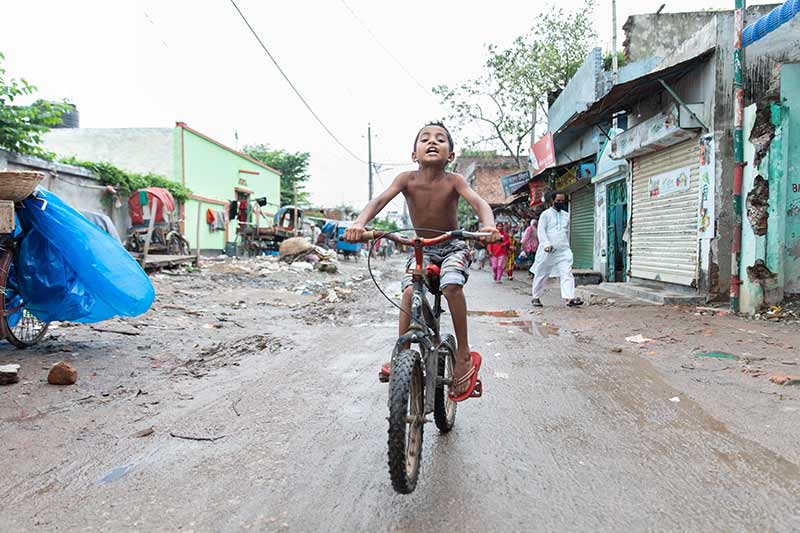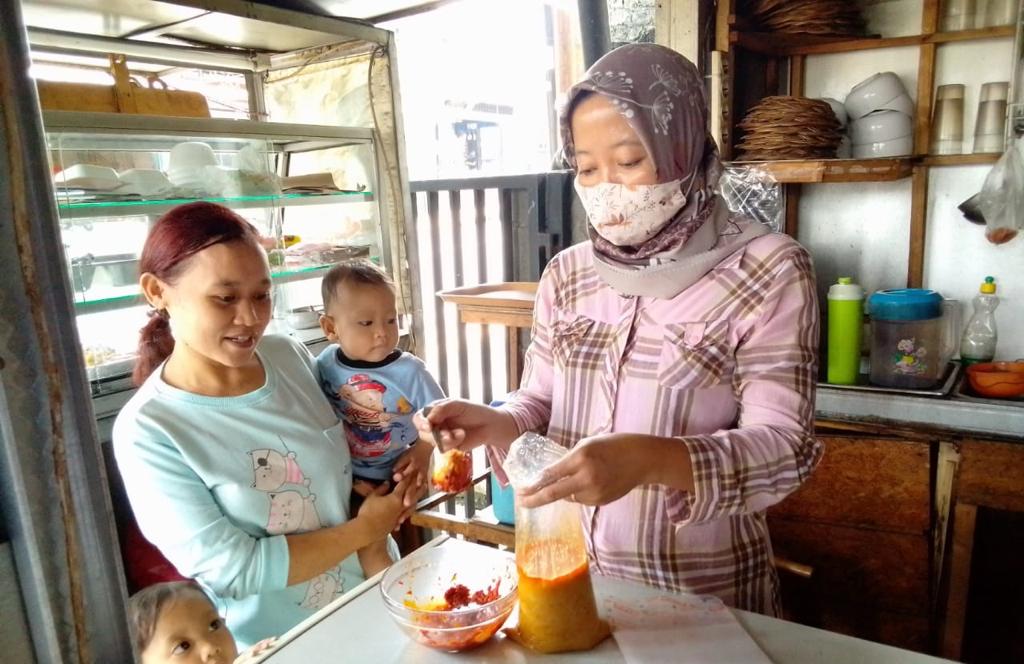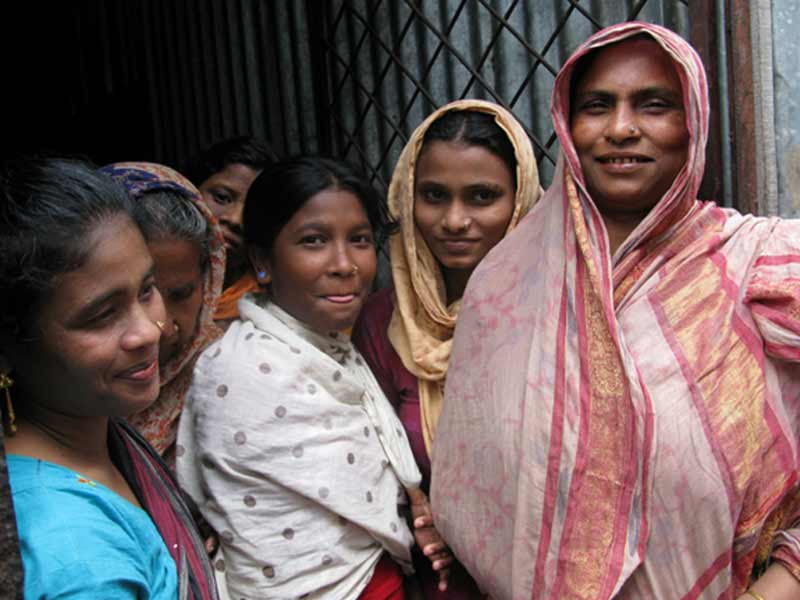
For the first time in human history, more than half of the earth’s population lives in cities. Today, the number is 55%, but that is expected to rise to 80% by 2050. It was long expected that this rapid urbanization would have positive effects on global food security, but, this has not been the case – the so-called “urban advantage” has failed.
The problem is that cities concentrate poverty, and those in poor urban areas and slums do not have access to healthy food in the same way that higher-income urban dwellers, or even those in rural areas, do.
For children, this can be particularly devastating. While nearly one-third of children around the world are malnourished, in absolute number, most of these children live in poor urban areas.
The question is, what can be done?
How to ensure child nutrition in an era of rapid urbanization
For many years, most of the attention given to child nutrition has been focused on rural areas, where countless initiatives have been tried and perfected. Yet, these things cannot simply be transposed over to urban areas – what works in a rural area might not work in complex urban environments.
Consequently, there are three critical avenues which must be pursued to address child food insecurity in poor urban areas.
- Data
Most of the data which currently exists on child nutrition is from rural and urban areas. Child-specific data is urgently needed for poor urban contexts and slums settings on the scale and nature of problems, as well as the success or failure of interventions.
This means looking at household level nutrition information, the accessibility of healthy food, and the availability of services, as well as more fundamental stats like stunting, wasting, and obesity in extremely poor urban context.
In short, comprehensive data sets must be created to understand the specific challenges the urban poor and inform local responses.
- Collaboration
Because knowledge about urban contexts is lacking when compared to rural areas, collaboration on a local level is key to build an understanding of challenges and needs.
This means taking a “whole city” approach by working in partnership with communities, supporting grassroots organizations, and coordinating to build context-specific approaches to problems and solutions.
For child nutrition in particular, this means engaging with schools and healthcare providers throughout the solution-building process.
- Resilience
Because people in urban areas are almost totally reliant on functioning food systems, these food systems must be strengthened to build resilience.
With child nutrition specifically in mind, this means supporting school food programs to increase children’s educational potential.
It also means nutrition education and training in communities to change attitudes and build a supportive community structure for children.
Solving child malnutrition
Child nutrition in urban contexts can no longer occupy a place behind rural areas in the global discussion. The problem has changed; the urban advantage has failed. Now is the time to act and build multi-faceted, context-specific urban responses.



